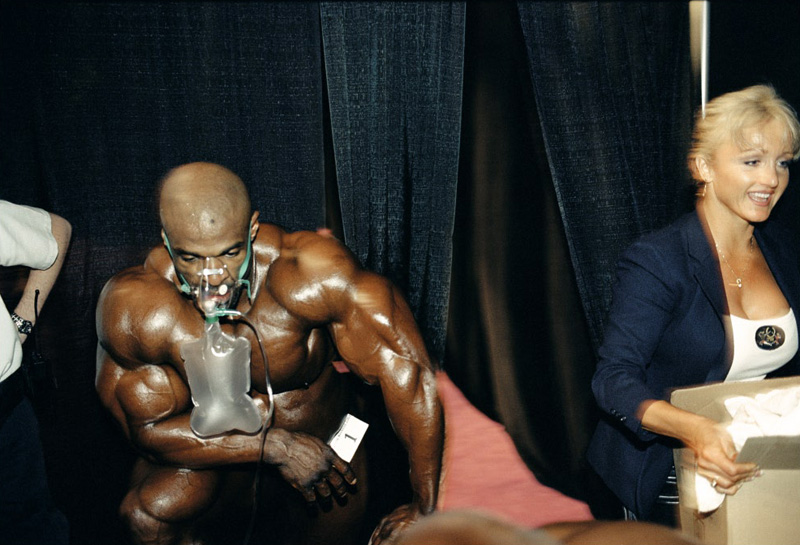The art of photomontage could be said
to have started just after the First World War, but the manipulation of
photographs already had a history going back to the invention of photography in
the mid 19th century. Photomontage is a form of collage which involves
creating a composite image by combining elements from several different
photographs. Individual examples of photomontage often achieve their effect by
juxtaposing unusual or contrasting objects or concepts in order to startle or
provoke the viewer.
Direct contact printing of objects placed on photographic plates, double
exposures, and composite pictures made by darkroom masking were all popular in
the Victorian era. Besides
this practical use of combination photography, Victorians discovered the
amusement to be had from postcards of the wrong head stuck on a different body,
or the creation of strange or impossible creatures.
But it was not until the revolutionary times following the "Great
War" that artists began to see the use of montage as a truly new art form.
The centre of this explosion of creativity was Berlin, where a group of artists
calling themselves Dada was looking
for a new means of expression: one that had more meaning than the prevailing
drift into abstraction, but that did not simply return to the traditions of
figurative painting.
As Surrealism became the dominant European art form, photomontage
gradually faded into obscurity for many years, until there was a revival in the
1960s, partly inspired by a renewed interest in Dada. Several of the artists
connected with the Pop Art movement used magazine photos and text to convey the
ethos of the age. At this time, and to an extent in response to the increasing
populism of art, advertisers jumped on the bandwagon and started to produce
more photomontages, a trend that continues to this day.
John Heartfield was one such artist Photomontage is a form of collage which involves
creating a composite image by combining elements from several different
photographs. Individual examples of photomontage often achieve their effect by
juxtaposing unusual or contrasting objects or concepts in order to startle or
provoke the viewer. In its manipulation of the viewer's perception of reality,
the photomontage was a precursor of the modern-day photo-shopped digital image.
The artists of the Dada Movement pushed the photomontage to the forefront of
modern art, and, in their hands, it became a powerful form of political
criticism. Heartfield's photomontages were particularly politically provocative
and often used images from political journals to satirize figures in the German
government. On such provocative work was "Use Photography As A Weapon" which depicted Hearfield
himself decapitating the police chief of Berlin.
The next great revival in the
use of montage in Europe was connected with the politics of the anti-nuclear
movement of the
1980s. Much of the imagery at this time was
designed for use in banners for demonstrations, producing a very graphic means
of communication.
Photomontage Ideas
Many
couples choose to create a photomontage to display at their wedding reception.
Typically you should select photos from birth to present day for each person
then photos of the couple together. This allows your guests to see the growing
up process of both then see your time spent together dating. It is also a
wonderful addition to any Anniversary Parties, Class Reunions, Graduation
Parties, Family Reunions, or any Special Events. The possibilities are endless
A photomontage is similar to a collage (pasted paper), however it involves the
manipulation of the photographic image and is as old a practice as photography
itself.
1. A “sports or hobby”
photomontage.
2. An “awareness” photomontage
related to a particular event, occurrence, environmental issue, health issue,
war, peace, or invention that you feel people need to
be aware of.
3. A landscape
montage
4. evil vs. good
5. still life of
fruits, vegetables, glasses, and pottery.
•Avoid text.
Have the images, colours, textures and patterns create the message.
Words and text are too easy.
•A strong
photomontage is eye catching and holds the viewer’s attention.
•Overall piece is
unified and complete.
•Before starting the
montage it is important to establish your theme or idea.
•Collect various
magazines that relate to your overall theme or idea.
•Carefully tear out
the pages in preparation for cutting carefully.
•Collect, cut or tear
carefully images, colors, textures and objects from magazines that are relate
to your particular theme or idea.
•Cut along contour
edges of objects using scissors or an xacto-blade. Use a strong cutting
mat to protect table surfaces.
•Consider using
colours and textures from pages to fill in the background.
•The importance of
the photomontages must be clearly recognized and understood.
•Imaginative and
creative approaches are encouraged.
•Unifying and
overlapping of cut images and words is expected.
•Arrange or juxtapose
objects, colours and textures in an interesting and well-planned format.
•Avoid gluing things
down to hastily. Move things around until they fit in terms of your theme
or idea. Use quality glue such as Elmer's or rubber cement.
•Clean and proper
gluing techniques are expected; no unnecessary glue marks; no torn or frayed
edges; pieces need to be adhered to the paper surface.
•Glue down edges
flush with the base.
•Overall project
needs to appear unified, well constructed and well thought out.
•Base paper should
not be seen.
•Avoid scrapbook
pages and sloppy work.
•Avoid words-let the
image speak instead of words
•Elmers glue works
best. Do not use Glue sticks. They do not stick for a long
period of time






